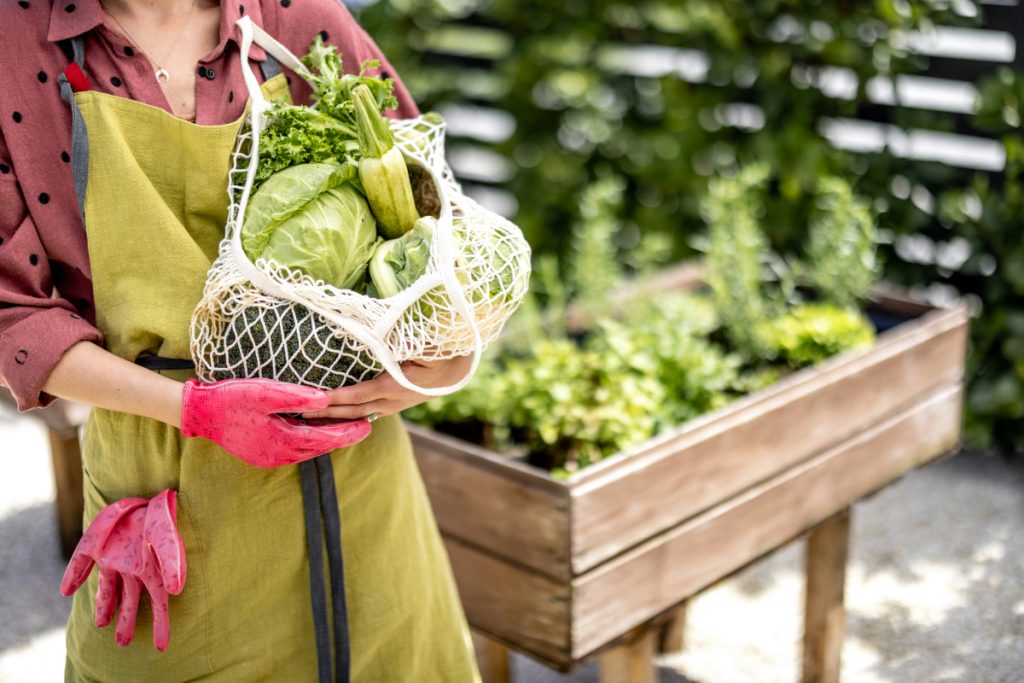Sustainable Living Guide: Tips for Eco-Friendly Living
If you’re looking for ways to live a more sustainable lifestyle, the Sustainable Living Guide is a great resource to turn to. This online platform provides essential knowledge and resources to support healthy, joyful, and sustainable living. The project brings together authors, teachers, and global community resources to create a thriving world for all.
The Sustainable Living Guide offers a variety of resources, including online classes taught by renowned authors and experts. These classes cover a range of topics, from eco-friendly fashion to green living and zero-waste alternatives. Whether you’re just starting out on your sustainable living journey or you’re looking to take your efforts to the next level, the Sustainable Living Guide has something to offer.
In addition to its online classes, the Sustainable Living Guide also provides tips and resources for living a more sustainable lifestyle. This includes information on ethical brands, eco-friendly gifts, and ways to reduce your personal contribution to carbon emissions, natural resource depletion, water and chemical use, and waste. With the Sustainable Living Guide, you can learn how to support, strengthen, and nourish the Earth, your community, and yourself.

Principles of Sustainable Living
Living sustainably means making conscious choices that reduce your impact on the environment. The principles of sustainable living are Reduce, Reuse, Recycle, Energy Efficiency, and Water Conservation.
Reduce, Reuse, Recycle
The first principle of sustainable living is to reduce, reuse, and recycle. Reducing your consumption of resources is the best way to minimize your impact on the environment. Reusing items instead of throwing them away reduces the amount of waste that goes to landfills. Recycling materials like paper, plastic, and metal reduces the need to extract new resources from the earth.
Energy Efficiency
Energy efficiency is the second principle of sustainable living. You can reduce your energy consumption by using energy-efficient appliances and light bulbs. You can also reduce your energy use by turning off lights and electronics when you’re not using them. By reducing your energy consumption, you can save money on your energy bills and reduce your impact on the environment.
Water Conservation
Water conservation is the third principle of sustainable living. You can conserve water by fixing leaky faucets and toilets, taking shorter showers, and using a low-flow toilet. You can also reduce your water consumption by using a rain barrel to collect water for your garden or lawn.
Living sustainably is not only good for the environment, but it can also save you money and improve your quality of life. By following the principles of sustainable living, you can reduce your impact on the environment and create a more sustainable future for yourself and future generations.
Practical Steps at Home
Living sustainably starts at home. By making small changes to your daily habits, you can reduce your environmental impact and make a positive contribution to the planet. Here are some practical steps you can take to live more sustainably at home.
Sustainable Food Choices
Eating a sustainable diet is one of the most effective ways to reduce your carbon footprint. You can start by choosing foods that are in season and locally grown. This not only supports local farmers but also reduces the carbon emissions associated with transporting food long distances.
Another way to make sustainable food choices is to reduce your meat consumption. Animal agriculture is a significant contributor to greenhouse gas emissions, so swapping out meat for plant-based proteins can have a big impact. Try incorporating more beans, lentils, and tofu into your meals.
Green Cleaning Methods
Cleaning products can be a significant source of harmful chemicals that can pollute the environment. Switching to green cleaning methods can reduce your exposure to these chemicals and minimize your environmental impact.
You can make your cleaning products at home using simple ingredients like vinegar, baking soda, and lemon juice. Not only are these ingredients safe for the environment, but they are also cheaper than store-bought cleaners. You can also look for eco-friendly cleaning products that are free from harmful chemicals.
Waste Management Practices
Reducing waste is an essential part of sustainable living. You can start by reducing your consumption of single-use plastic items like straws, water bottles, and bags. Instead, opt for reusable alternatives like metal straws, refillable water bottles, and cloth bags.
You can also reduce your waste by composting your food scraps and yard waste. Composting is an easy way to turn organic waste into nutrient-rich soil that can be used to nourish your garden. If you don’t have space for a compost bin, look for community composting programs in your area.
By making these small changes to your daily habits, you can live a more sustainable lifestyle and make a positive impact on the environment.
Building Sustainable Communities
Creating a sustainable community is the first step towards a sustainable lifestyle. When people come together to work towards a common goal, it becomes easier to achieve it. Here are some ways you can contribute to building sustainable communities:

Community Gardening
Community gardening is a great way to bring people together and promote sustainable living. You can start by finding a community garden near you or starting one of your own. Community gardens can provide fresh, organic produce, reduce food waste, and promote biodiversity. By growing your own food, you can reduce your carbon footprint and support local agriculture.
Local Resource Sharing
Sharing resources is another way to promote sustainability in your community. You can share tools, books, clothes, and other items with your neighbors. This can help reduce waste, save money, and build a sense of community. You can also participate in community swap events or organize your own.
Sustainable Transportation Options
Transportation is a major contributor to greenhouse gas emissions. By choosing sustainable transportation options, you can reduce your carbon footprint and promote sustainable living. You can walk, bike, or take public transportation instead of driving alone. You can also carpool with your neighbors or use electric or hybrid vehicles.
Building sustainable communities takes time and effort, but it is worth it in the long run. By working together, we can create a better future for ourselves and the planet.





